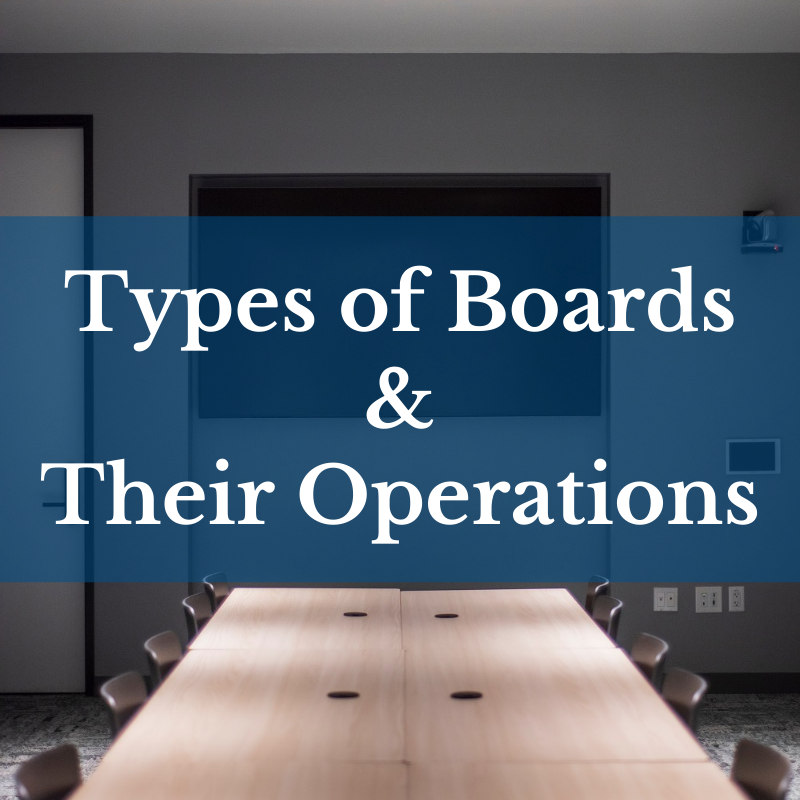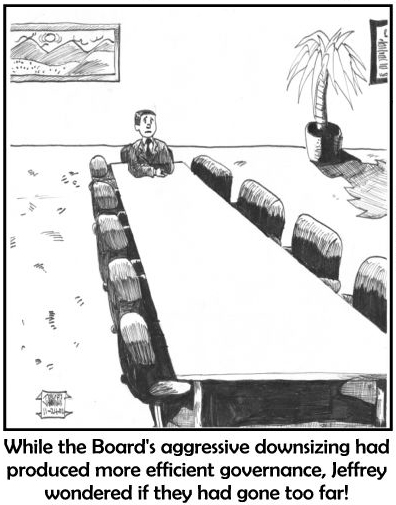Executive Directors can spend a lot of time complaining about their boards – wanting them to leave them alone. But imagine, if you will, what would happen if you waved
Picture this. You’ve just completed a two-day annual planning workshop with your Board of Directors, set against a backdrop that encourages free thinking, new ideas, lots of time for networking,
The board types described here range from those that are heavily involved in operations (usually in small organizations with little or no staff) to those with little or no operational
Priorities of an organization are forever adapting. Yet through the constant change, committees and compositions remain, for the most part, unchanged. The problem with this is that the most significant
Situation To accommodate every geographical area, the bylaws of a national organization gave each chapter a seat on the Board. All past presidents are also included on the Board as
For a variety of reasons, a growing number of associations and other not-for-profits are restructuring Board governance to increase their efficiency. Some association executives and volunteers take the plunge once
As technology advances, associations and other not-for-profits continuously need to re-evaluate their processes in order to stay ahead of the curve and not seem outdated. AGMs are rarely known for
Governance structures can be organized based on where they stand on a continuum between pure policy and pure administrative boards. The former develops policy and hires an executive director for
Board Fiduciary Duties Fiduciary duty equates with loyalty and encompasses the four main legal principles: The duty to act in the best interests of the organization The duty to disclose
It is widely known that a key responsibility of the board of directors is to identify future leaders. The effort ensures sustainability. Cultivating volunteers takes time and is a never-ending











